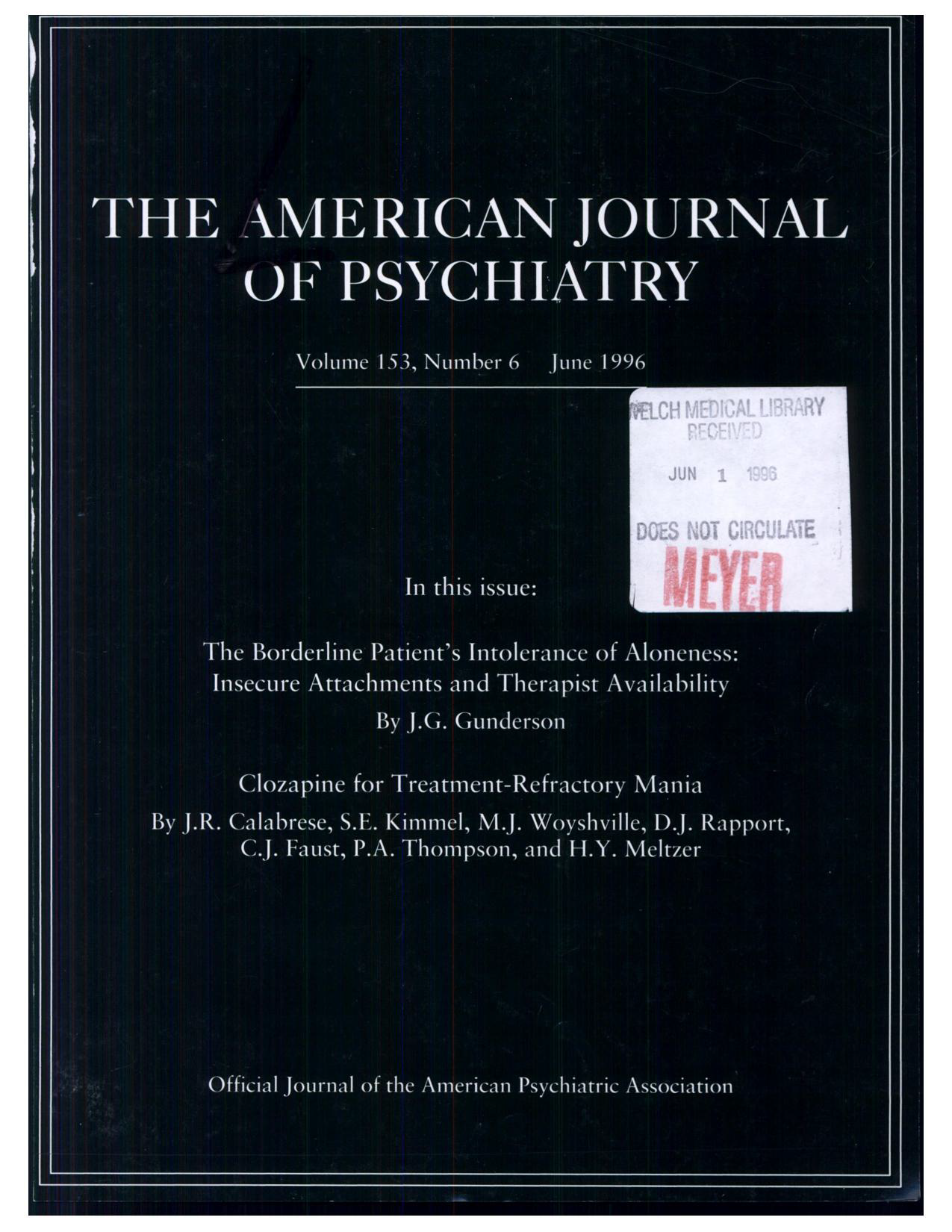Posttraumatic stress symptoms following forensic dental identification: Mt. Carmel, Waco, Texas
Abstract
OBJECTIVE: This study was conducted to determine risk factors for posttraumatic stress in medical care professionals who perform postmortem identifications. METHOD: Thirty-one dentists (29 men and two women) who had identified the dead from the fire at the Branch Davidian compound in April 1993 were compared to 47 dentists (45 men and two women) who lived in the area but had not identified any of these remains. Posttraumatic symptoms in both groups were measured by using the Impact of Event Scale and the Brief Symptom Inventory. For the remains handlers only, the subjective distress of handling remains and the social support received during the procedure were reported. RESULTS: Higher scores on the Impact of Event Scale intrusion subscale, the overall Impact of Event Scale, and the obsessive-compulsive subscale of the Brief Symptom Inventory were found for the remains handlers than for the comparison group. Within the remains handler group, distress was significantly related to the hours of exposure to the remains, prior experience handling remains, age, and the support received from spouses and co-workers during the identifications. CONCLUSIONS: Posttraumatic stress symptoms can be expected in some health professionals who perform postmortem identifications. Prior experience and social support may mitigate some of these responses.
Access content
To read the fulltext, please use one of the options below to sign in or purchase access.- Personal login
- Institutional Login
- Sign in via OpenAthens
- Register for access
-
Please login/register if you wish to pair your device and check access availability.
Not a subscriber?
PsychiatryOnline subscription options offer access to the DSM-5 library, books, journals, CME, and patient resources. This all-in-one virtual library provides psychiatrists and mental health professionals with key resources for diagnosis, treatment, research, and professional development.
Need more help? PsychiatryOnline Customer Service may be reached by emailing [email protected] or by calling 800-368-5777 (in the U.S.) or 703-907-7322 (outside the U.S.).



